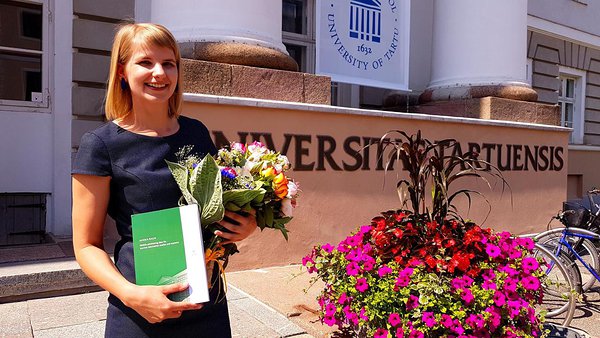First of all, congratulations once more for successfully defending your PhD thesis recently. In your thesis, you focused on understanding the concept of ‘tourism destination’. Why is it important to explore the definition of ‘tourism destination’?
Thank you! ‘Tourism destination’ is the main analysis unit in tourism geography and planning, however quite often it is taken for granted and there are only a few in-depth theoretical conceptualisations. Quite often the definitions arise from the specific research interests or represent the views of the people investigating them. Usually those approaches do not take into account the actual visitation information but are rather based on the administrative units or the image of some area. Therefore it is important to understand which places are actually visited together during one trip and form a destination to the visitor.
What are some ways to define or understand ‘tourism destination’?
The most traditional view of ‘tourism destination’ is looking at it as a geographical area with definite borders, e.g., old town, city, island, national park, country. Another popular way is to conceptualise it as a social construct that is constantly changing and is formed in the minds of tourists themselves. What is more, destinations can be seen as networks, clusters, industrial districts, or systems. The approach I used in my thesis is based on the idea that destinations are formed by the actual visitors flows. Therefore, destinations vary at different times of the year and for different visitor groups.
In your experience, what does mobile positioning data, or MPD, add to the research and understanding of this topic?
MPD enable to analyse the movement of visitors that is almost impossible using traditional methods such as surveys and interviews or accommodation data. People tend to forget which places they have visited or for how long. In accommodation statistics tourists are double-counted in each establishment and it is not possible to identify the travel itineraries. MPD, on the other hand, allow to study the movements of tourists throughout their trip, making it possible to analyse which places are actually visited together during one trip; how those visited places vary for different countries of origin and at different times of the year.
What are your research plans for the future?
First of all, I plan to have a great summer holiday with different domestic tourism trips to discover cool small places in Estonia and afterwards continue with some of the topics that I already started focusing on during my PhD studies. For example the dynamic dimension of tourism destinations. As we have more than 10 years of mobile positioning data, it is possible to analyse the longitudinal changes in the visitation patterns to tourism destinations. Second topic is related to defining and analysing domestic tourism trips that have not received much attention in the tourism literature. However MPD enable to give some new insight into domestic tourism trips definitions and analysis as well. In general, I am interested in more wider mobility questions such as accessibility and finding human- and environmentally friendly mobility solutions in cities and rural areas. Will see what the future brings.
We wish Janika the best of luck in further research!
If you are interested in learning more about her thesis, you can find it HERE.
.png)
